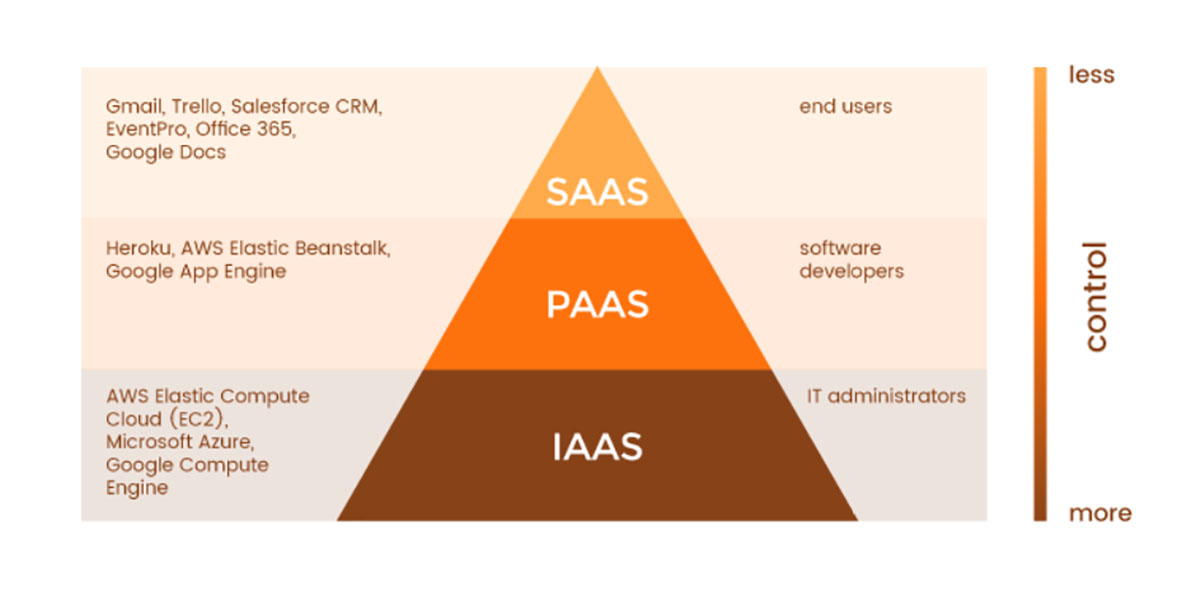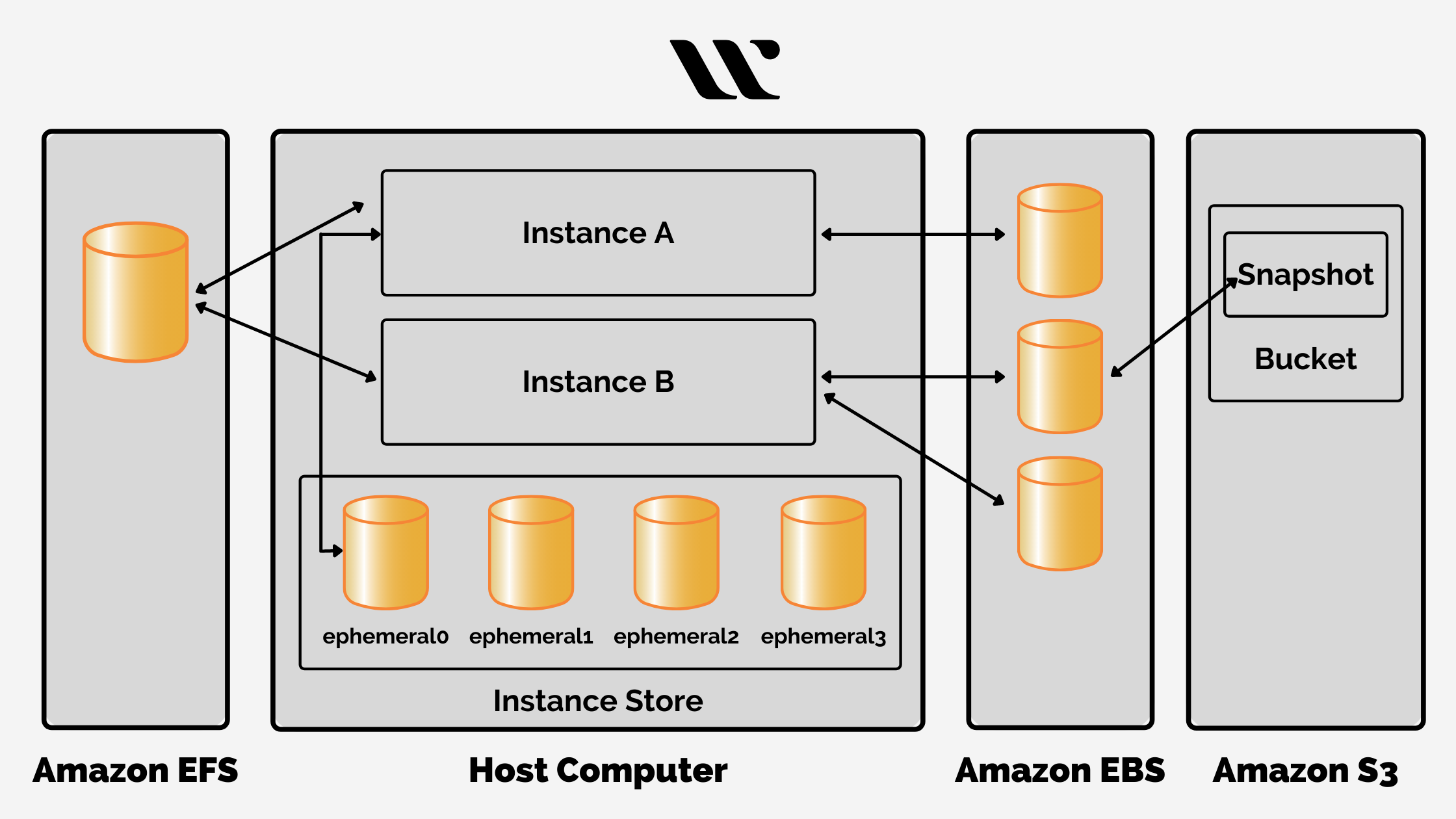Chief Financial Officers (CFOs) have a broad set of responsibilities that now extend into data protection territory. Traditionally, their tasks focused on budgets, revenue forecasting, and managing liquidity. In recent years, digital technologies have turned secure data handling into a crucial dimension of financial leadership. Information leaks can tarnish reputations and derail business targets, which means each decision must integrate safety measures with cost considerations. The question is: how can CFOs merge this expanded role with existing priorities in a way that preserves agility while reducing exposure to attacks or regulatory sanctions?
The Changing Nature of Financial Oversight
Previously, CFOs concentrated on analyzing figures, preparing audits, and sustaining relationships with banks or investors. Although many of these tasks remain, the digital shift has reshaped the scope of their work. Companies store client details, pricing frameworks, or proprietary formulas in online environments accessible across multiple locations. Each dataset can act as an entry point for possible attackers if safeguards are absent.
This risk context prompts CFOs to assess whether the organization should invest in specialized software, hire data protection specialists, or arrange insurance to mitigate the fallout from breaches. Compliance requirements also amplify their role. If authorities set standards on how data must be processed or stored, failing to meet them can result in reputational harm and expensive fines. Ensuring that financial plans incorporate security mandates is now central to prudent management.
Identifying Economic Hazards Tied to Security Gaps
While a CFO might track interest rates or currency fluctuations, a major data breach can inflict an impact similar to a significant market crisis. Costs appear in multiple forms: immediate expenses for incident response and recovery, lost revenue during downtime, and diminished trust among stakeholders. Publicly traded firms might come under extra scrutiny if suspicious network activity casts doubt on their stability.
Spending on robust security tools should be considered a strategic allocation rather than an unwelcome cost. Well-targeted defenses help maintain day-to-day continuity and bolster relationships with key partners. Calculating how much financial damage a breach could cause allows CFOs to present convincing arguments for the resources needed. Discussing risk in terms of likely monetary losses also aligns security objectives with higher-level business strategies.
Factoring Security Measures into Financial Models
Financial analyses often revolve around sales growth forecasts, operational overhead, and capital investments. In modern scenarios, CFOs can assign metrics to security events as well. System outages or brand erosion have a direct bearing on profit-and-loss statements. When such outcomes are translated into measurable figures, leadership teams gain clarity on what level of security spending is justifiable.
Collaboration with IT and cybersecurity experts is vital here. By examining parameters like “time required to notice a breach” or “time to fully recover critical services,” CFOs can fine-tune budgets that balance performance objectives with realistic assessments of risk. Integrating these metrics into existing dashboards or forecasting tools highlights the connection between risk reduction efforts and overall financial health.
Structuring Accountability and Oversight
Clear governance channels make all the difference when dealing with sensitive files. Decision-makers should define who monitors system weaknesses, who escalates suspicious activity, and how each department coordinates with external evaluators. Regular reviews of incident response runbooks and security logs—either through in-house audits or third-party assessments—add a layer of transparency.
When CFOs lead these frameworks, legal outcomes also come into focus. For example, regulations in certain regions require that intrusions be reported within tight timeframes. Falling behind on such obligations may trigger fines that compound the aftermath of a breach. A robust plan lowers the likelihood of chaotic crisis responses that inflate already high costs.
Using Data Rooms for Confidential Exchanges
Sensitive financial information often circulates among various parties during activities like mergers or capital infusions. Virtual data rooms offer a controlled setup where documents can be shared without revealing them to unauthorized viewers. These tools log user interactions and provide selective permissions to limit who may open specific files.
CFOs comparing different solutions often consult expert resources—some rely on this website, a German site dedicated to data room analysis, to gain insights on feature sets and pricing models. The cost structures associated with data room providers usually depend on data volume, user capacity, or licensing duration. Understanding how each option aligns with the timeline of a particular transaction helps CFOs minimize costs while preserving the security they demand.
Evaluating Cyber Insurance
Insurance against digital threats has become a standard consideration for many businesses. A robust policy covers immediate liabilities such as breach notifications, legal consultations, or security specialists. However, CFOs must examine the specifics: Does the policy handle social engineering scams? Is there a maximum coverage limit that could be inadequate if a large-scale incident takes place?
Insurers often review an organization’s current defenses and processes before granting favorable terms. CFOs who invest proactively in employee training or system upgrades have a better chance of securing a policy that suits their budget. Consistent records of compliance, including data room logs that demonstrate controlled document sharing, can further validate a firm’s risk profile.
Adapting Strategies Over Time
Economic trends change quickly, and cyber threats do as well. CFOs who remain flexible stand a better chance of staying ahead. It might be that a tool acquired a year ago no longer defends adequately against new exploits. Routine dialogues with technology teams and occasional external security evaluations ensure timely updates to key solutions.
Fund allocation for security should not be viewed as a set-and-forget decision. Similar to managing an investment portfolio, CFOs can adjust spending priorities based on fresh intelligence about vulnerabilities or expansions into new markets that introduce different threats. This mindset of periodic recalibration maintains a balance between proactive coverage and optimized resource use.
Fostering Engagement Across the Organization
One person can’t protect financial data across a big company by themselves. Working together is key. We need to push employees to point out weird links or strange things in shared files right away. Teams in charge of money or dealing with suppliers work better when they learn to spot possible dangers. Showing how a fake email or a stored contract can mess up the business creates responsibility at every level.
A CFO who makes this duty clear also helps bring different departments together around keeping data safe. Guarding important information helps follow rules, keeps customers happy, and protects growth plans. Sharing real stories or close calls where being careful stopped a crisis further shows why everyone needs to stay alert.
To Wrap Up
The CFO job goes beyond just keeping the books. In our online-focused market, matching money goals with data protection builds stability and trust. CFOs who measure the monetary effect of possible breaches, establish strong oversight frameworks, employ secure data rooms effectively, and maintain adequate insurance for evolving threats help steer their organizations toward resilience. This approach builds a culture where risk management and financial performance remain interconnected, each driving the other toward consistently reliable outcomes.


